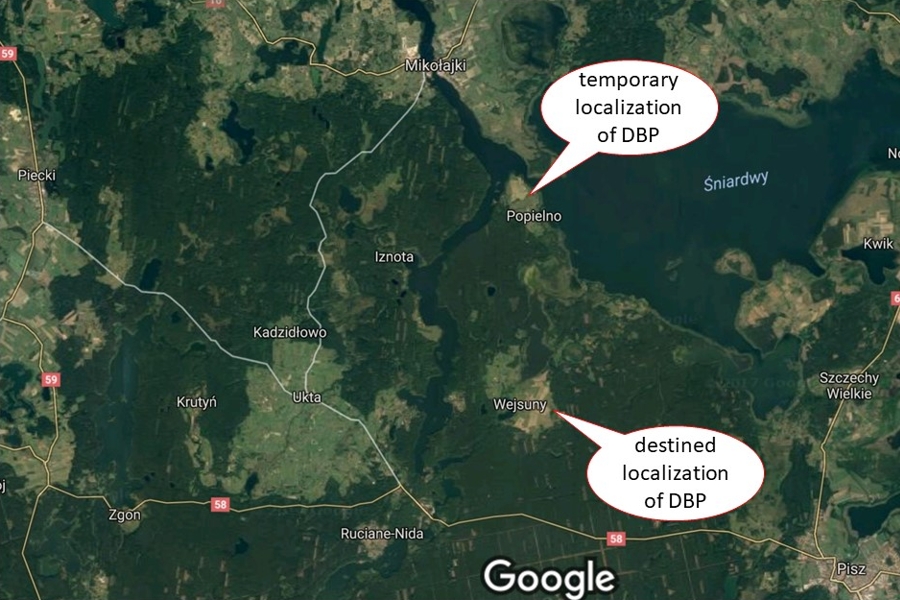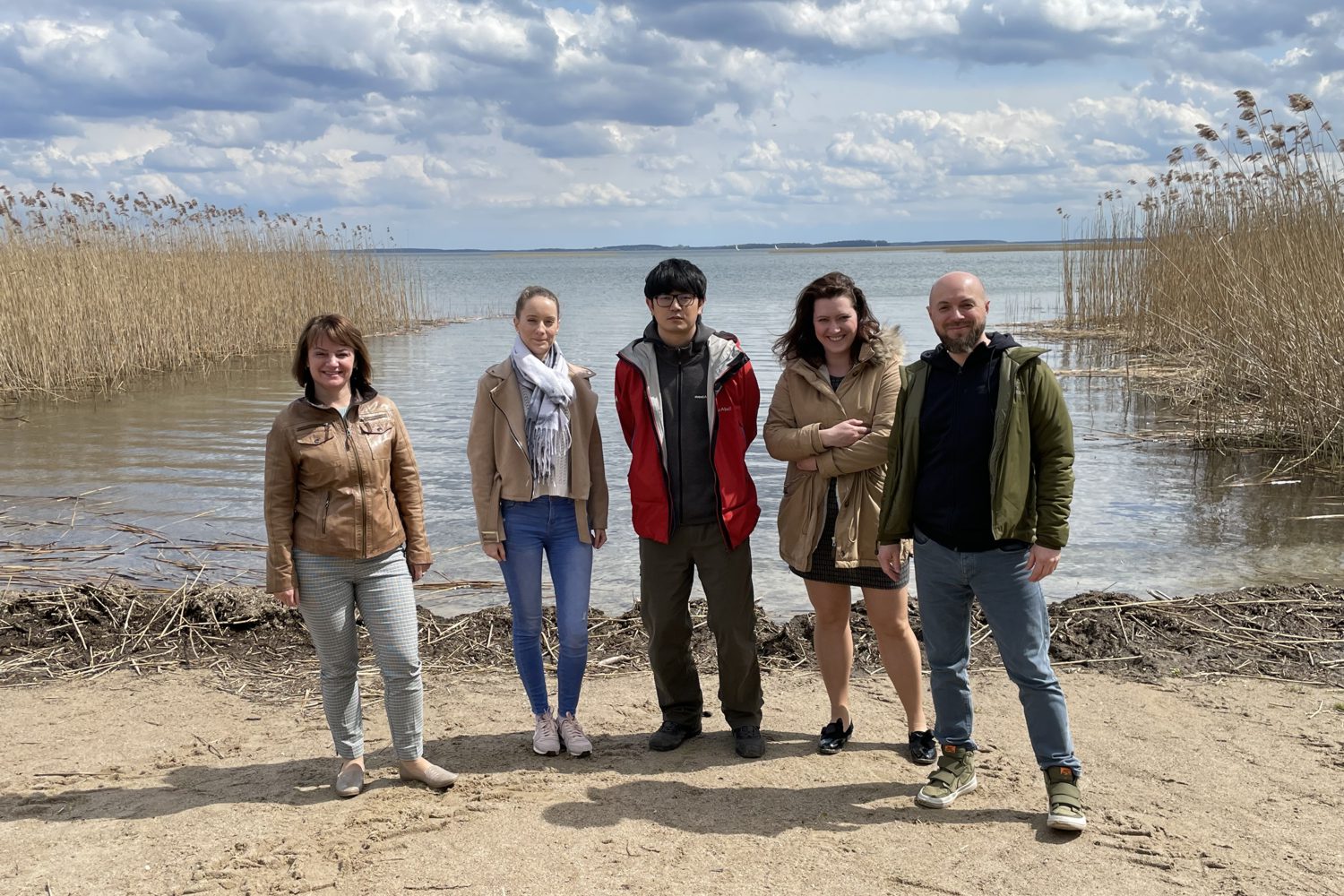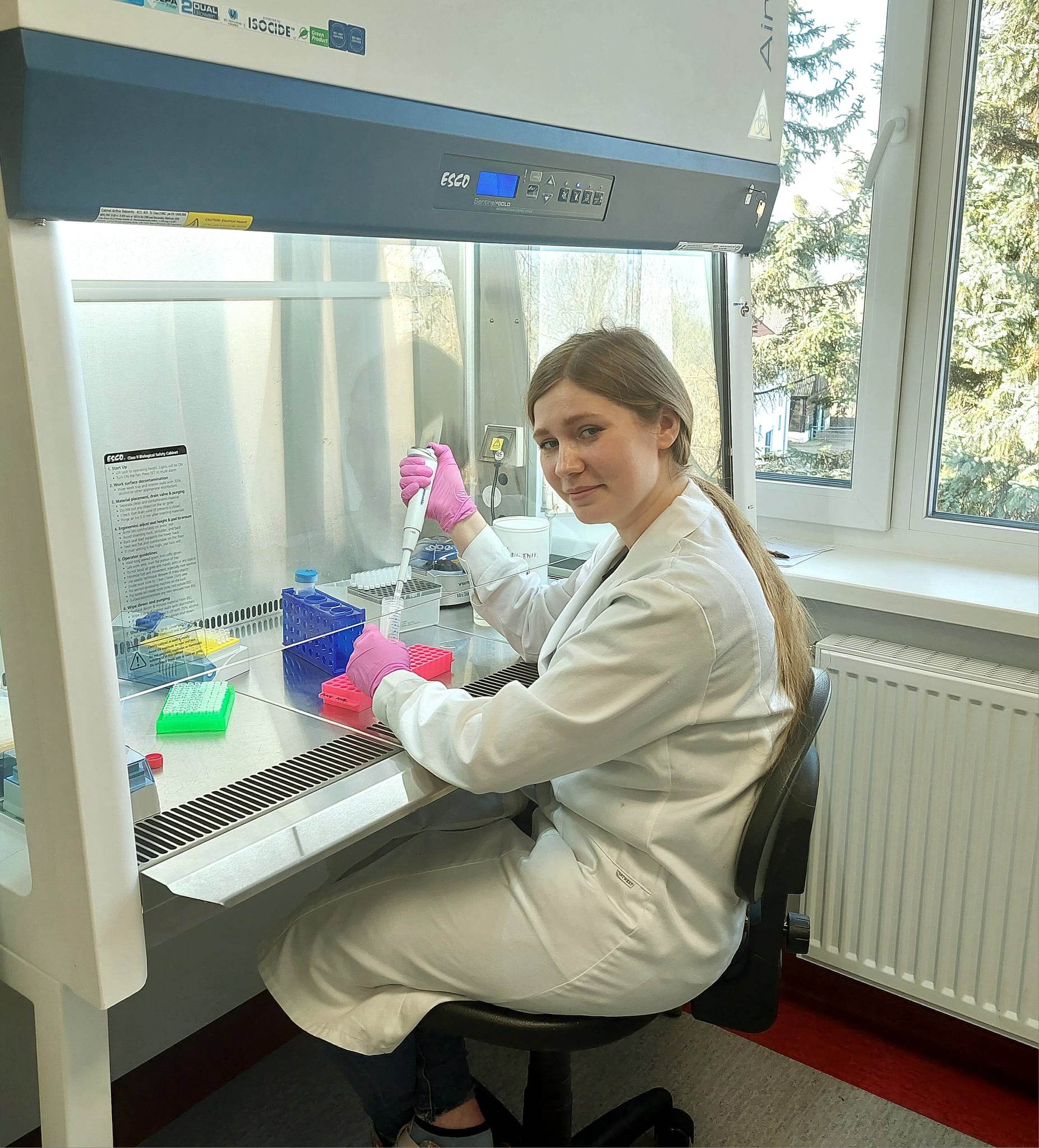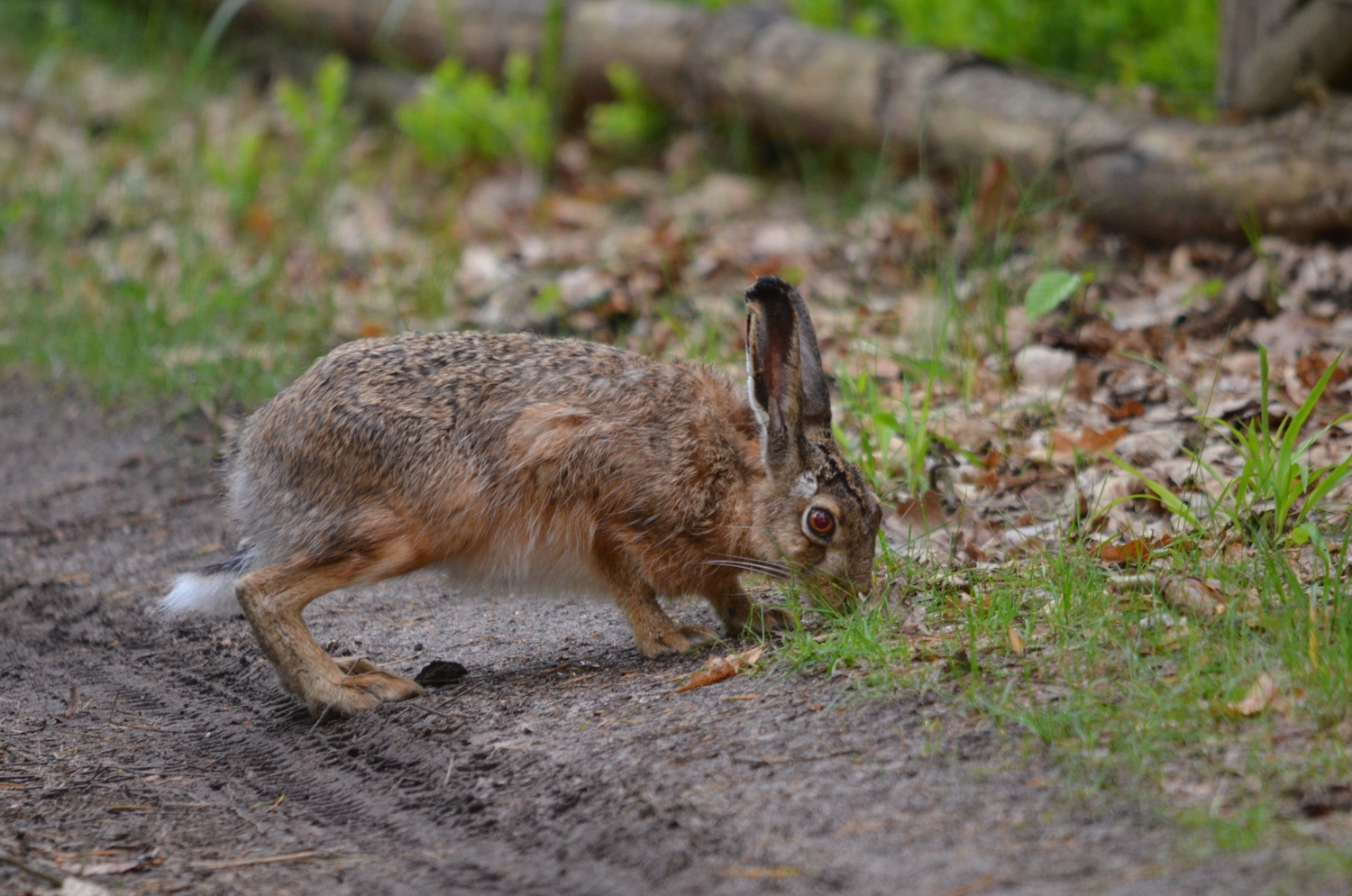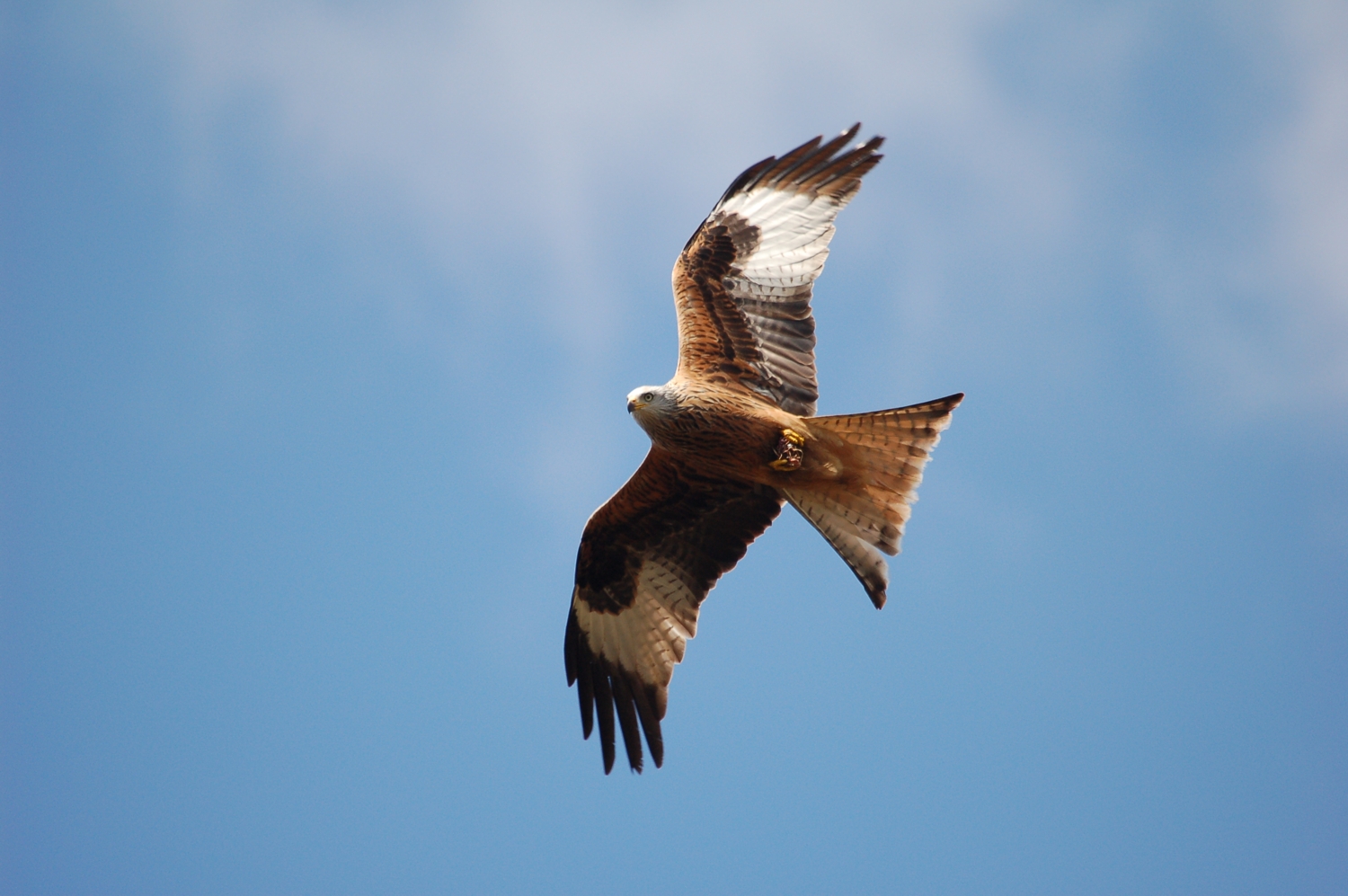Department of Biodiversity Protection (DBP) came into existence on 1st of April 2016 as a consequence of resolution of the Institute Scientific Council. Scientific and research activity in the Department started on July 2016.
Location: Popielno 25, 12-220 Ruciane-Nida.
The planned, long-term scientific research program of the Department includes:
- Biology of reproduction and development of wild animals;
- Development of methods of reproductive biotechnology and biotechniques for the purpose of control and development of tools to sustain biodiversity of wild animals. Protection of genetic resources of domestic animals;
- Research on biodiversity as an indicator of natural environment degradation;
- Biodiversity imbalance influence on natural ecosystems;
- Shaping of agrar ecosystem biodiversity as a crucial element of safe food production;
- Study of raw materials from local animal breeds to develop standards of natural food products.
In the first period of the Departmental organization, scientific activity is focused on the following research activities:
- Elucidating the immuno-endocrine mechanisms controlling reproduction and development of wild animals,
- Formulation and development of biotechniques and reproductive biotechnology methods in wild animals,
- Characterization and research on behaviour, delivery mechanism and perinatal period of wild ruminants,
- Research on environmental changes and age influence on reproductive processes of wild ruminants,
- Investigating/discovering receptors, intracellular and molecular mechanism of action of bioactive substances for potential practical use in the regulation of reproduction and potential therapeutics in reproductive disorders of wild animals,
- Compiling markers of reproductive potential (in particular, introducing non-invasive monitoring of reproduction parameters, using of molecular markers and other techniques of molecular biology),
- Method formulation of Castoreum collection and its chemical analysis,
- Characterization of european beaver behaviour and its relationship with seasonality based on monitoring of ferm individuals.
